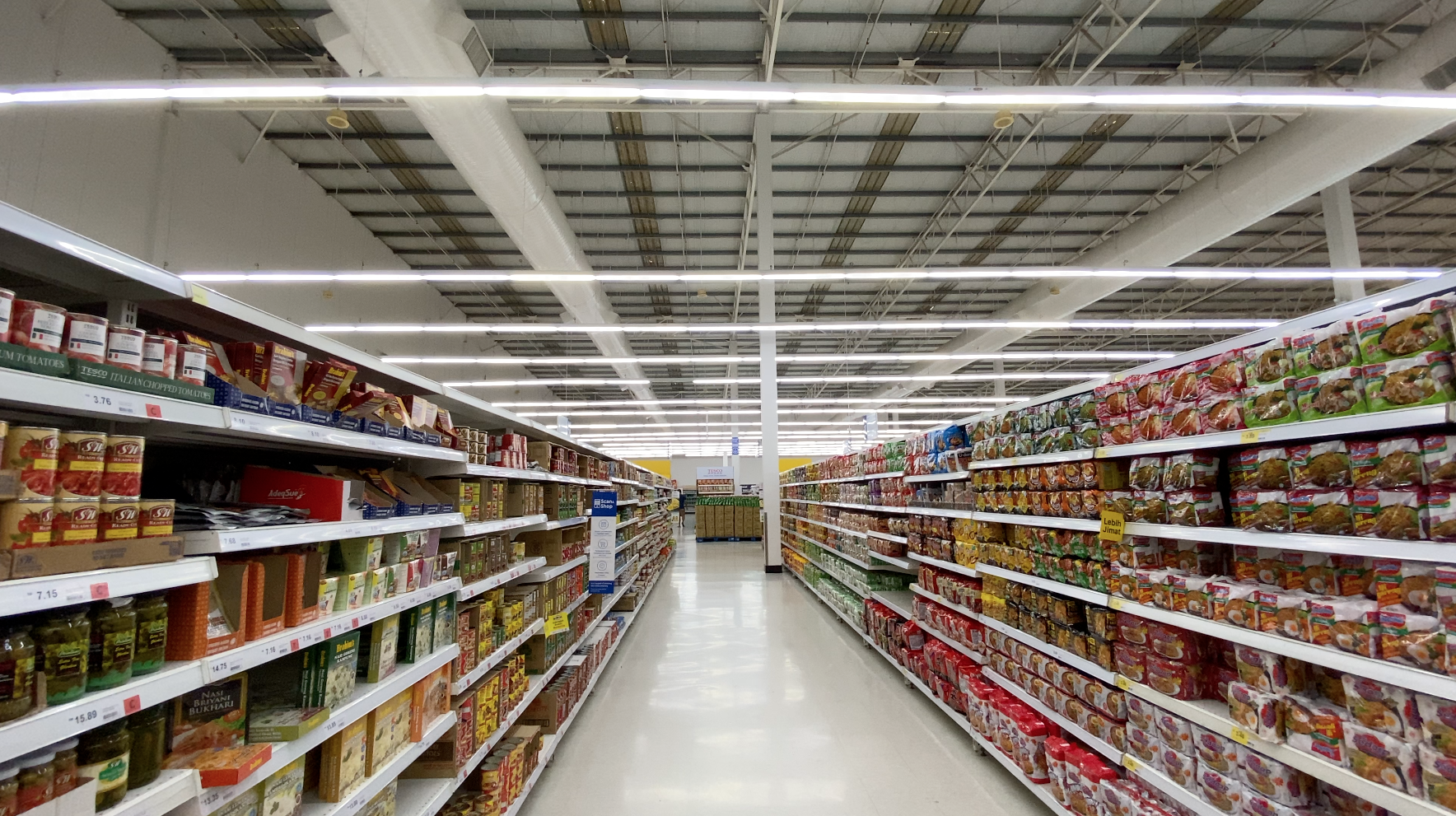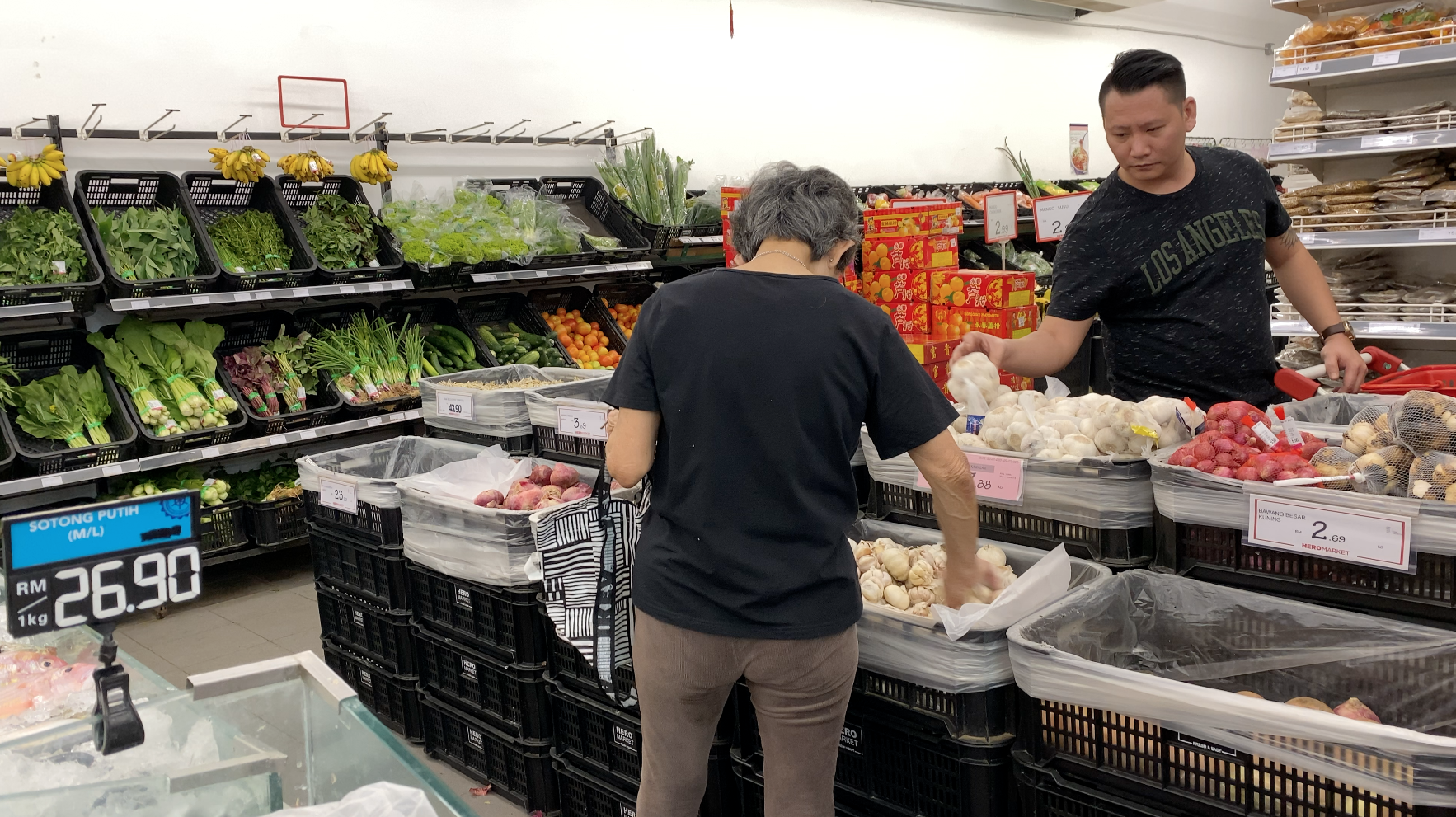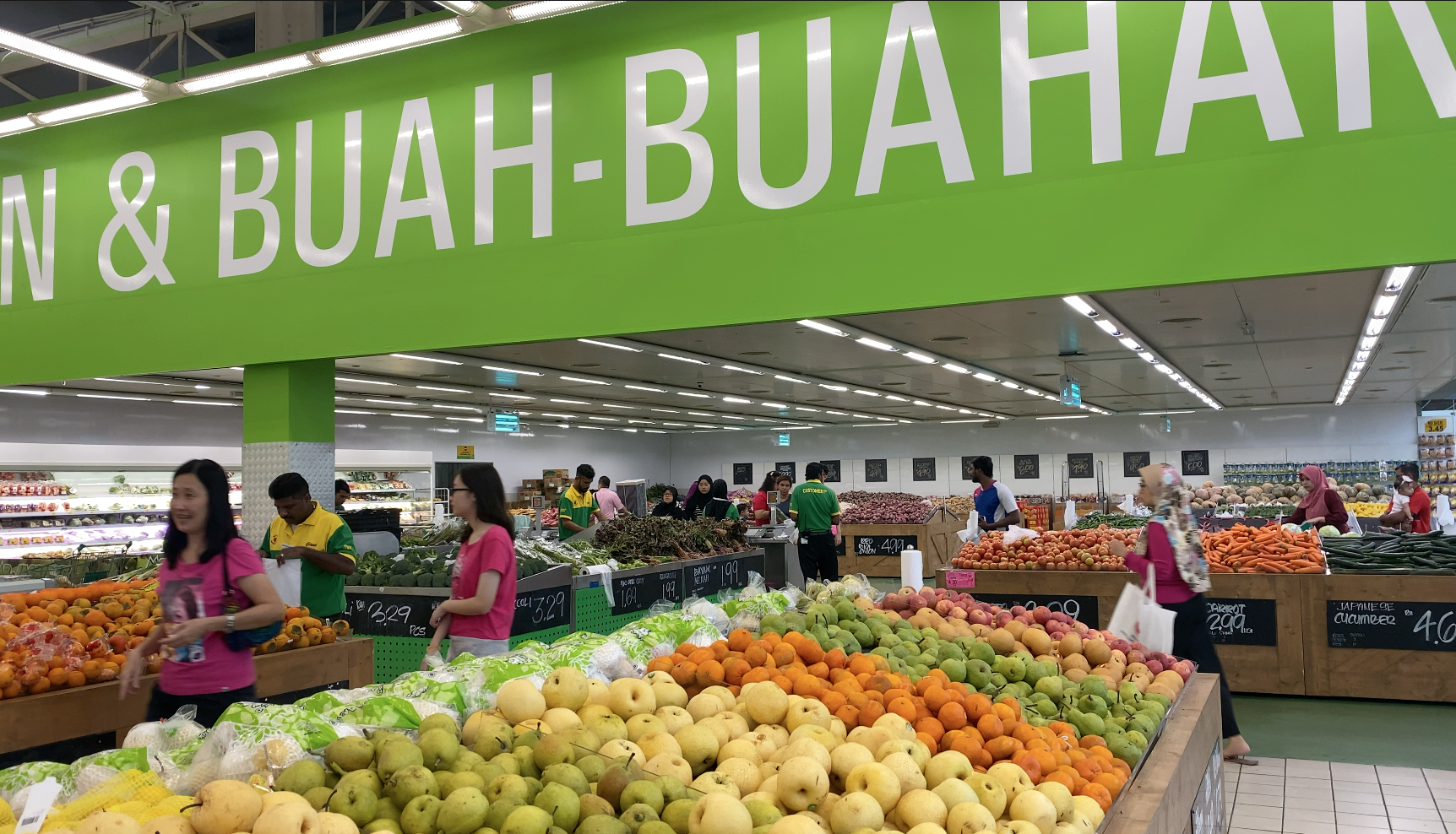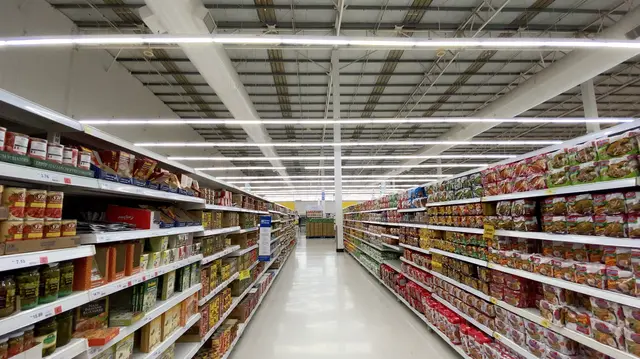
Cavernous hypermarkets aren't as crowded as before. /CGTN Photo
It's not always easy to transfer a successful business concept from one side of the world to the other, or to sustain that success amid rapidly changing demographics and habits. And the fate of giant Western hypermarkets in Asia seems to be a case in point.
France's Carrefour was one of the first Western brands to bring its big-box store concept to Asia, opening hundreds of hypermarkets starting in the 1990s. But they sold their stores in Malaysia in 2012 to Japan's Aeon, and pulled out of China last year, with Germany's Metro doing the same.
Dutch chain Makro Cash and Carry sold their stores in Malaysia to the UK's Tesco back in 2007. Now Tesco is exploring the possibility of exiting Thailand, where it is the largest retail chain, and Malaysia, where it also has several dozen stores.
Malaysia may be a good place to consider how changing demographics and consumer preferences are dealing a blow to the hypermarket model that once drew crowds wowed by their cavernous spaces and a seemingly endless variety of products.
"To a certain extent, you can say it is fading given that there are really quite some changes in consumer preference as well as the demand, and by and large, the whole retail landscape is also ever-changing and evolving," says Soong Wei Siang, senior research analyst for Malaysia's RHB Research Institute.

Mini-markets are competitive with the hypermarkets. /CGTN Photo
"The affluent group is looking for a one-stop center, which provides assortment, quality, shopping experience and excellent customer service, whereas on the other hand, the lower-income group, they have been grappling with the elevated cost of living and that obviously affected their disposable income. So, that gives rise to strong consumerism, and they are eventually become more and more price-sensitive."
For the rising middle class, smaller supermarkets are the number one choice. They are located in air-conditioned shopping malls to which Malaysians love to flock. They are more appealing environments with more product choices for the discerning shopper, and their prices are competitive with the larger hypermarkets.
Less well-off shoppers will often look to the plethora of mini-markets that have sprouted up in neighborhoods all over the country, which don't offer the same variety of products but are still competitively priced on what they do offer.
"First of all, it is cheaper than others, especially Hero Market, and near to me, convenient to find," one woman shopper said.
"I buy things here based on price. If Hero Market is cheaper, I buy here," an older man said, before riding off on his motorbike.
Smaller family sizes also mean that people need to do big grocery shopping trips less often.

Local chains have also been grappling with changing consumer habits. /CGTN Photo
"If you travel to a hypermarket that is not nearby your house, you have to spend more effort, more on transportation, more in tolls, in petrol. So, that has obviously pushed demand for smaller-sized grocery stores," says Soong.
Leading analysts on the sector, from Retail Group Malaysia, support these contentions, estimating that mini-markets and smaller supermarkets have been outperforming the hypermarkets.
"In recent years, we notice many Malaysian families are getting tired of spending hours in hypermarkets for their basic necessities," Retail Group Malaysia's Managing Director Tan Hai Hsin told a local newspaper. "They are still visiting hypermarkets for purchases in large quantities, but they are not going as often as 10 years ago. For purchases in small quantities, they are shifting to supermarkets and mini-markets."
But what about the rise of e-commerce? Malaysians have become quite avid buyers of products via internet platforms such as Lazada and Amazon, but they are still small potatoes when it comes to the grocery buying sector. Of all the supermarket chains, it is Tesco that has likely made the biggest inroads in online grocery shopping and delivery in Malaysia. Though in other ways, analysts say it has been slow to react. For instance, while it has opened small shops in local neighborhoods in some markets, it hasn't done so in Malaysia.
"This industry is changing really fast, so one has to really understand what consumers want and make the changes accordingly to actually capture the changing consumer demand and preference," says Soong.
All this is not to say that European or other Western retail chains are giving up on Malaysia or Asia. But if they do falter or lose their nerve, there is no shortage of local companies looking to step in to buy up their foreign competitors' stores, banking that their knowledge of their home markets will help them discern and predict ever-changing consumer sentiments.
 简体中文
简体中文

